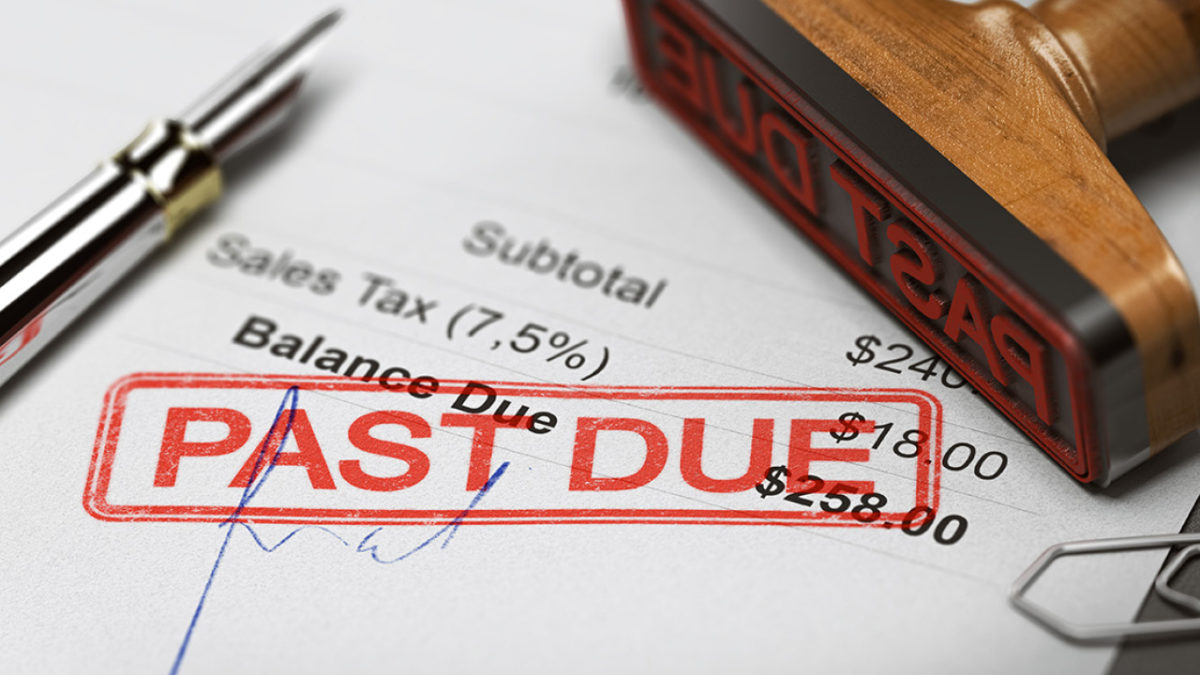Global debt peaks at $360t in a world of worry
The world piled on a further US$24 trillion (A$30.1 trillion) in 2020 increasing the total debt mountain to a new peak of US$281 trillion (A$361 trillion), according to the Institute of International Finance (IIF) analysis of 61 countries.
As governments and corporates scrambled to cover COVID-related revenue needs the average global debt-to-GDP jumped a massive 35 per cent last year: by comparison, the same metric rose only 15 per cent in 2009, the highest borrowing year of the global financial crisis.
“With global debt issuance still running above pre-COVID levels (supported by still-low borrowing costs), the rise in global debt ratios is expected to be relatively modest this year; the projected rebound in GDP will help,” the IIF study says. “However, debt trajectories may vary significantly – the pace of vaccination differs considerably across countries, and difficulty in vaccine rollout could delay recovery, prompting further debt accumulation.”
Government debt, led by developed market countries, accounted for half of the 2020 borrowing blitz, rising to represent about 105 per cent of global GDP from just 88 per cent the previous year.
Global non-financial private debt (households and corporate) jumped to a new high of 165 per cent of GDP compared to 124 per cent in 2019.
“Debt in the financial sector rose by over 5% pts to 86% of GDP in 2020. This was the largest increase since 2007 and the first annual rise since 2016,” the IIF report says.
Despite expectations governments will dial back some pandemic spending programs this year, the IIF paper says sovereign debt across the world should still rise a further US$10 trillion in 2021 to total more than US$92 trillion by the end of December.
“Although sizeable budget deficits have been essential to tackle the crisis, finding the right exit strategy could be even more challenging than after the 2008/09 financial crisis,” the study says. “Political and social pressure could limit governments’ efforts to reduce deficits and debt, jeopardizing their ability to cope with future crises.”
France recorded the highest debt-to-GDP spike in 2020, up about 55 per cent year-on-year with Pakistan (virtually flat) seeing the lowest increase over the period.
In the lower-third of in the 2020 debt-splurge table, NZ (up about 20 per cent year-on-year) was one of only three countries – along with Ghana and Pakistan – to report an annual decline in the debt-to-GDP ratio in the non-financial corporate sector.
The IIF study notes the fall in corporate bankruptcy rates was “extraordinary” last year as government guarantees and debt moratoria kept both sound and zombie companies alive.
“Premature withdrawal of supportive government measures could mean a surge in bankruptcies and a new wave of non-performing loans, with financial stability implications for the banking sector,” the paper says. “However, sustained reliance on government support could pose systemic risks to financial system as well. A prolonged period of loan guarantees-coupled with sustained low interest rates-could well encourage still more debt accumulation by the weakest and most indebted corporates.”
The report authors include Emre Tiftik, Khadija Mahmood, Sonja Gibbs, respectively IIF director of sustainability research, economist, and managing director/head of sustainable finance.
IIF is a global association of some 450 financial sector institutions spanning about 70 countries.










